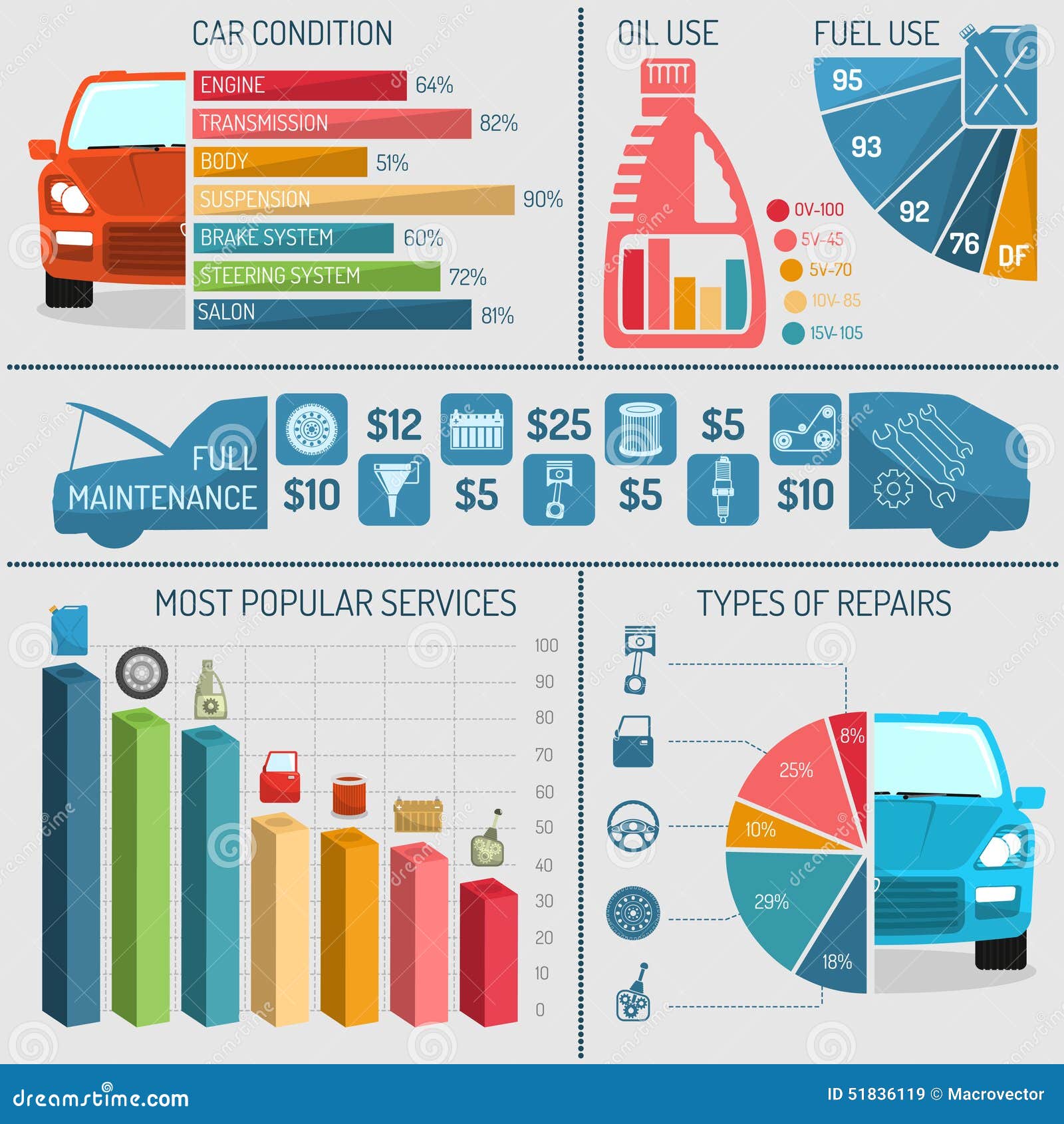Evaluating Your Automobile'S Warning Indicators: What They Actually Convey
Evaluating Your Automobile'S Warning Indicators: What They Actually Convey
Blog Article
Staff Writer-Lim Winters
When you're behind the wheel, those radiant caution lights on your control panel can be a bit complicated. Do you know what they're trying to inform you regarding your vehicle's wellness? Comprehending the significance of these lights is vital for your safety and security and the durability of your car. So, the following time one of those lights pops up, would not you intend to decode its message properly and take the necessary steps to address it?
Common Caution Lighting and Interpretations
Recognize common caution lights in your vehicle and recognize their definitions to make certain risk-free driving.
The most common caution lights include the check engine light, which indicates concerns with the engine or discharges system. If this light begins, it's vital to have your lorry examined quickly.
The oil pressure warning light suggests reduced oil pressure, needing immediate focus to avoid engine damage.
A blinking battery light may suggest a defective charging system, possibly leaving you stranded if not addressed.
The tire pressure tracking system (TPMS) light informs you to low tire stress, affecting car stability and fuel effectiveness. Disregarding this could bring about harmful driving conditions.
The abdominal light suggests an issue with the anti-lock braking system, endangering your capacity to quit quickly in emergency situations.
Finally, Suggested Internet page cautioning light warns of engine overheating, which can cause serious damages otherwise solved quickly.
Understanding these typical caution lights will help you deal with concerns immediately and keep risk-free driving problems.
Relevance of Prompt Interest
Understanding the common caution lights in your auto is only the initial step; the importance of promptly attending to these warnings can't be highlighted enough to ensure your safety and security when traveling.
When a warning light illuminates on your control panel, it's your auto's way of interacting a prospective concern that needs attention. Neglecting these cautions can cause a lot more severe problems later on, compromising your security and potentially costing you extra out of commission.
Motivate attention to advising lights can prevent break downs and mishaps. For instance, a flashing check engine light can suggest a misfire that, if left unattended, can cause damage to the catalytic converter. Resolving this immediately can save you from a pricey repair work.
Similarly, a brake system warning light might indicate reduced brake liquid or used brake pads, vital components for your safety when driving.
DIY Troubleshooting Tips
If you see a caution light on your dashboard, there are a couple of DIY troubleshooting tips you can attempt prior to seeking professional aid.
The very first step is to consult your car's guidebook to understand what the particular warning light suggests. Occasionally the issue can be as simple as a loose gas cap activating the check engine light. Tightening the gas cap may settle the problem.
One more usual concern is a low battery, which can trigger different warning lights. Checking visit the following internet site for deterioration and guaranteeing they're protected could repair the issue.
If a warning light persists, you can try resetting it by separating the car's battery for a couple of minutes and after that reconnecting it. Furthermore, inspecting your car's fluid levels, such as oil, coolant, and brake fluid, can assist fix advising lights associated with these systems.
Conclusion
Finally, recognizing your auto's warning lights is necessary for keeping your car running smoothly and securely. By without delay addressing these signals and understanding what they indicate, you can stay clear of costly fixings and potential failures.
Remember to consult your automobile's handbook for certain information on each alerting light and do something about it as necessary to guarantee a trouble-free driving experience.
Stay notified, remain secure on the road!
